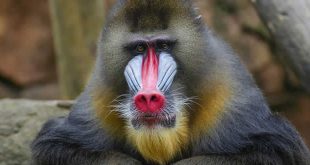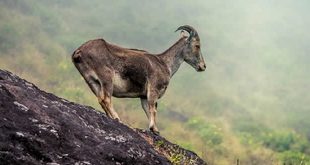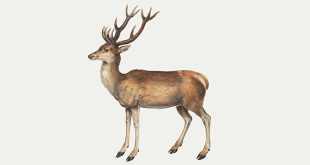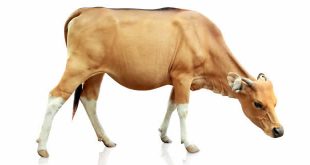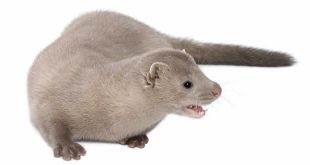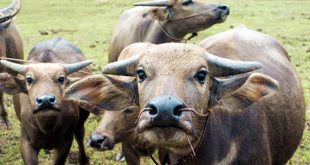 Moose — Moose (Alces alces) is the North American name for the largest extant species in the deer family. The same animal is called the Elk in Europe. The name moose is derived from the Algonquian Eastern Abnaki name moz, meaning “he trims, shaves”. Moose are distinguished by the palmate antlers of the males; other members of the family have antlers with a “twig-like” configuration. The name Elk is applied, in North America, to the second largest deer species – an animal also called the wapiti. Moose are hunted as a game species.
Moose — Moose (Alces alces) is the North American name for the largest extant species in the deer family. The same animal is called the Elk in Europe. The name moose is derived from the Algonquian Eastern Abnaki name moz, meaning “he trims, shaves”. Moose are distinguished by the palmate antlers of the males; other members of the family have antlers with a “twig-like” configuration. The name Elk is applied, in North America, to the second largest deer species – an animal also called the wapiti. Moose are hunted as a game species.
Moose typically inhabit boreal and mixed deciduous forests of the Northern Hemisphere in temperate to subarctic climates. In North America, that includes almost all of Canada, most of central and western Alaska, much of New England, the upper Rocky Mountains, Northeastern Minnesota, and Michigan’s Upper Peninsula and Isle Royale in Lake Superior. Small but present moose populations have been verified as far south as the mountains of Colorado. Moose have been successfully introduced on the island of Newfoundland in 1904 where they are now the dominant ungulate, and somewhat less successfully on Anticosti Island in the Gulf of St. Lawrence. Ten moose were also introduced in Fiordland, New Zealand in 1910, but they were thought to have died off. Nevertheless, there have been reported sightings that were thought to be false until moose hair samples were found by a New Zealand scientist in 2002.
The male’s antlers arise as cylindrical beams projecting on each side at right angles to the midline of the skull, which after a short distance divide in a fork-like manner. The lower prong of this fork may be either simple, or divided into two or three tines, with some flattening.
 Kids Portal For Parents India Kids Network
Kids Portal For Parents India Kids Network
